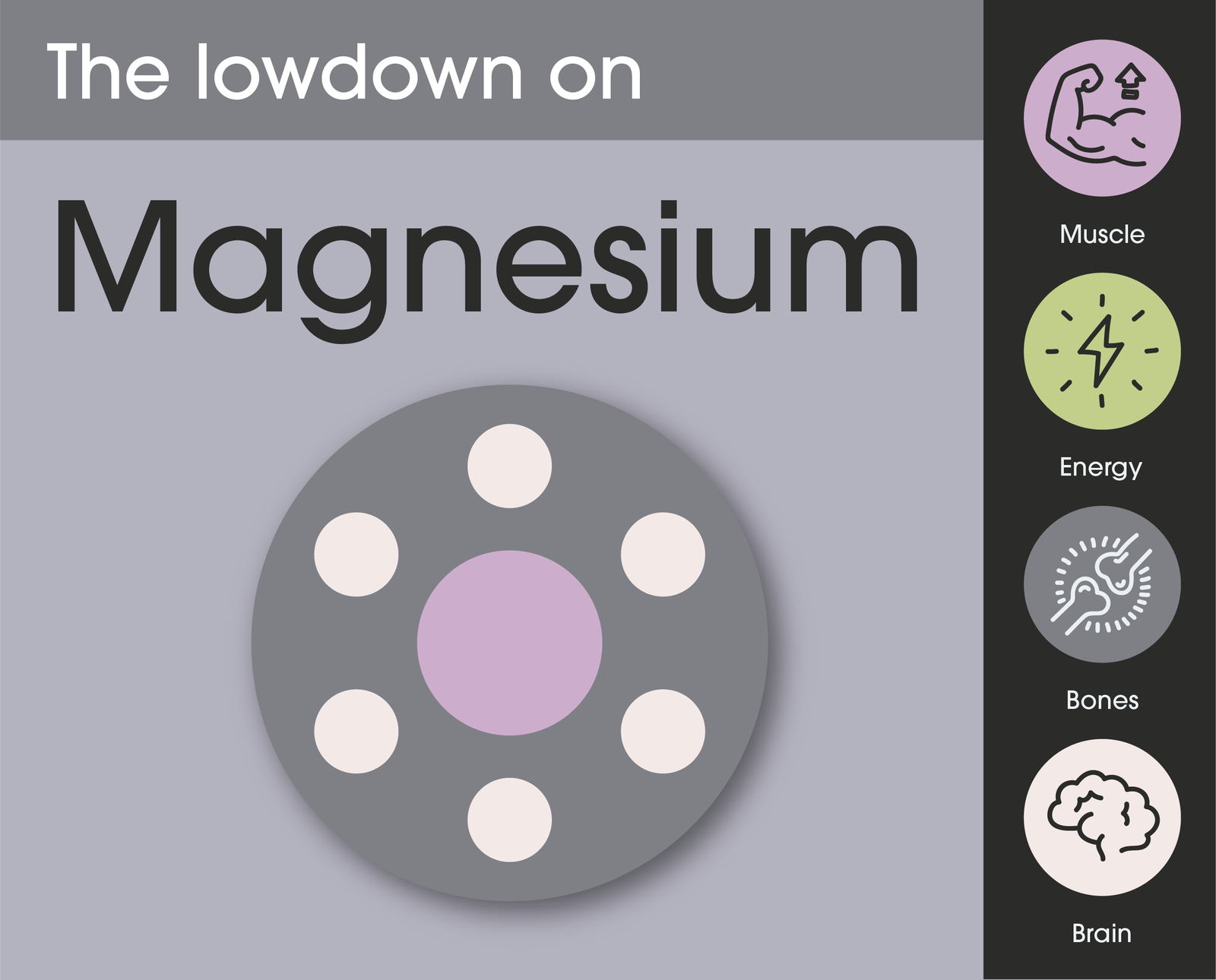Ashwagandha: Factfile
What is Ashwagandha?
Ashwagandha, Latin nameWithania somnifera,otherwise known as Indian ginseng is an Ayurvedic herb that has been used for centuries in traditional Indian medicine. In recent years it has become more common in naturopathic and complementary medicine. Research into its benefits is compelling and promising in many areas, as it is clinically reported to be very safe and beneficial to a wide range of people.
Benefits of Ashwagandha in the body
Sleep
One of the most researched areas, with pretty consistent results is Ashwagandha’s ability to improve quality and quantity ofsleep (1).
Did you know? Somniferais Latin for sleep inducing.
Stress, anxiety and overall mood health
Related to why it may be effective for sleep improvement. Reviews of studies almost always show a significant positive effect on taking Ashwagandha onmood health (2).
Immunity
Studies show that ashwagandha can be helpful to theimmune system in a number of ways, for example balancingT cell lymphocytes (essential immune cells) (3,4) and beinganti-inflammatory. (4)
Sport performance
Preliminary studies show potential supportive effects in VO2 max which is the maximum about of oxygen your body can useduring exercise (5, 6) rather than effect on strength fitness.
Anti-ageing
In animal studies, ashwagandha has demonstrated antioxidant and protective effects against oxidative stress, having cellular protective properties which is good news when it comes toageing. (7)
Cardiovascular
The anti-inflammatory, oxygen uptake and antioxidant effects of ashwagandha all have a beneficial effect oncardiovascular health (8). Equally the anti-anxiety effect may helpblood pressure (9).
Hormone balance
Ashwagandha has been found to have potential benefits in supporting the balance of the metabolicthyroid hormones (10), female sex hormones including duringperimenopause (11), supporting sexual function (12) andfertility (13).
Active ingredients
Ashwagandha contains a wide range of active phytochemicals that exert positive biological functions.
Active Withanolides are the most important aspect of any ashwagandha formulation or extract.
In addition, Triethylene glycol (TEG) a water soluble component found in the leaves may have a significant effect onsleep improvements (16).
Therapeutic dosages
Studies use both powdered and extracted forms so there is a wide range of therapeutic doses.
Ashwagandha extract is often standardised to withanolide content, with concentrations ranging from 1.5% to 35%.
Positive study results have been seen at doses between 200mg and 1000mg daily.
History of ashwagandha
Ashwagandha's history in herbal medicine dates back to 6000 B.C. The species name has ‘somnifera’, means “sleep-inducer” in Latin, owing to its prodigious anti-stress characteristics; ‘Ashwagandha’ (“ashwa” means horse and “gandha” means smell) as the roots possess a characteristic ‘wet horse’ smell. Often known also as Indian ginseng due to its familiarity with pharmacologic effects and traditional uses of Korean ginseng tea. It is also used in Unani (Persian Arabic) medicine system with evidence from 78A.D. It has been an official drug in the Indian Pharmacopoeia since 1985.
Problems with overdose/who should avoid
Ashwagandha is considered very safe with little or no risk of toxicity.
It has minimal interactions/contraindications with medications. It may have an additive sleep effect for those on antidepressants and a Benzodiazepines, and an additive blood pressure lowering effect with antihypertensives. It may naturally increase thyroid hormone so should be avoided with hyperthyroidism and monitored if you are taking thyroid hormone replacement drugs. It can have a blood sugar lowering effect so should be only taken under medical advice with diabetes.
It is not advised for those who are pregnant or breastfeeding as there is a lack of safety evidence available.
As it has been used for thousands of years in traditional medicine it is not considered a novel food and has a good safety record.
References:
- https://journals.plos.org/plosone/article?id=10.1371/journal.pone.0257843
- https://www.ncbi.nlm.nih.gov/pmc/articles/PMC8762185/
- https://www.sciencedirect.com/science/article/pii/S0264410X09010093
- https://www.spandidos-publications.com/ijmm/42/1/425
- https://www.mdpi.com/2072-6643/12/4/1119
- https://www.najfnr.com/home/article/view/190
- https://academic.oup.com/jpp/article/67/7/879/6128322?login=false
- https://www.sciencedirect.com/science/article/pii/S0753332221009598






